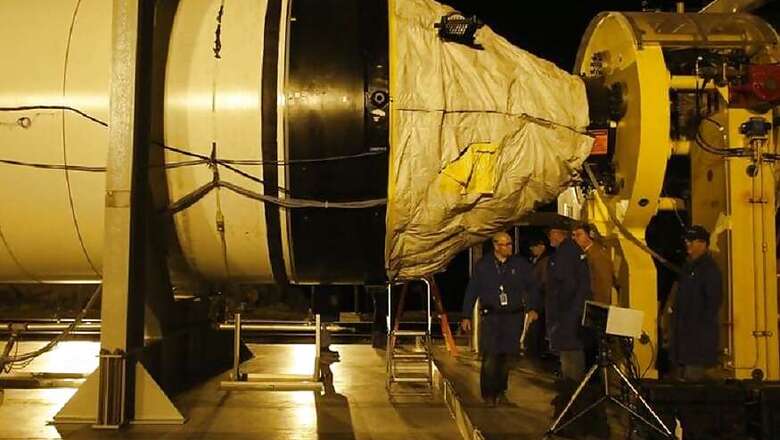
views
A team of scientists, including an Indian-origin associate, has created tough 'fuzzy' fibers to stand up to the heat and pressure that next-generation rocket engines would produce.
The 'fuzzy' fibers of silicon carbide -- developed by the Rice University laboratory of materials scientist Pulickel Ajayan, in collaboration with NASA -- act like Velcro and stand up to the punishment that materials experience in aerospace applications.
Also read: NASA Chandra X-Ray Observatory Detects Mysterious Cosmic Explosion
The result, published in the American Chemical Society journal Applied Materials and Interfaces, said the new material creates very strong interlocking connections where the fibers tangle; this not only makes the composite less prone to cracking but also seals it to prevent oxygen from changing the fiber's chemical composition.
Lead researchers Amelia Hart and Chandra Sekhar Tiwary hope their fuzzy fibers will upgrade the strong, light and heat-resistant silicon carbide fibers that, when put in ceramic composites, are being tested for robust nozzles and other parts in rocket engines.
The new materials should also make entire turbo engines significantly lighter, Hart said.
"Before they used silicon carbide composites, many engine parts were made of nickel superalloys that had to incorporate a cooling system, which added weight to the whole thing," she said.
Hart said the next step will be to apply her conversion techniques to other carbon nanomaterials to create unique three-dimensional materials for additional applications.Also read: State-run Hindustan Aeronautics Ltd (HAL) Sales Grew 4% in Fiscal 2016-17


















Comments
0 comment